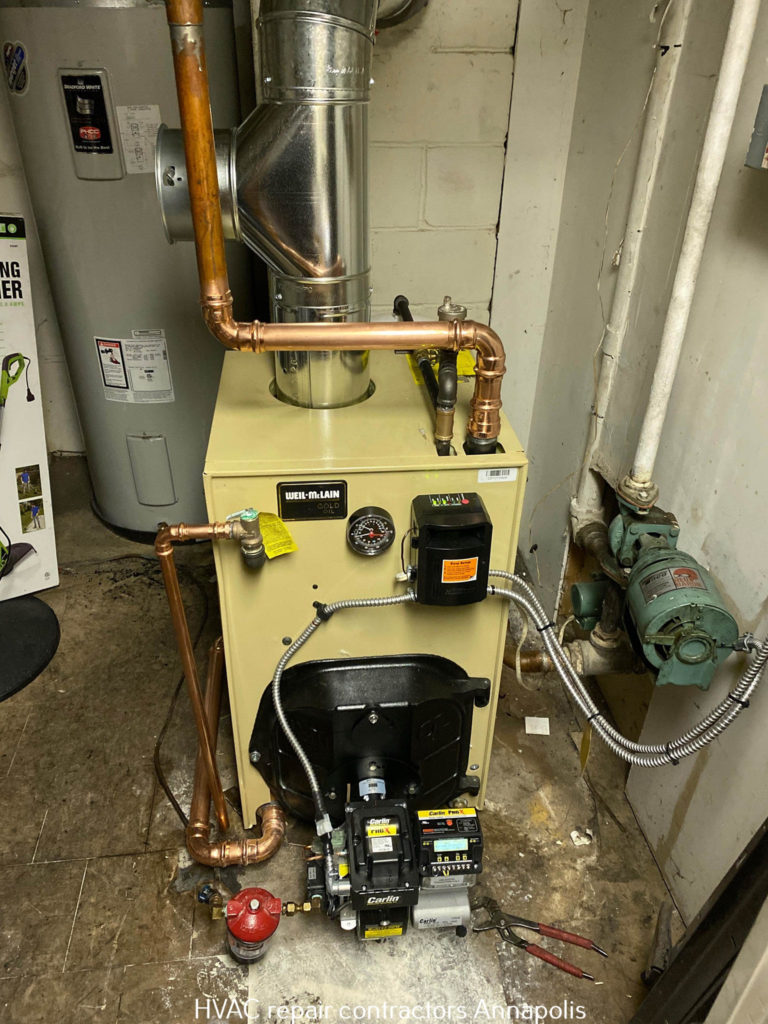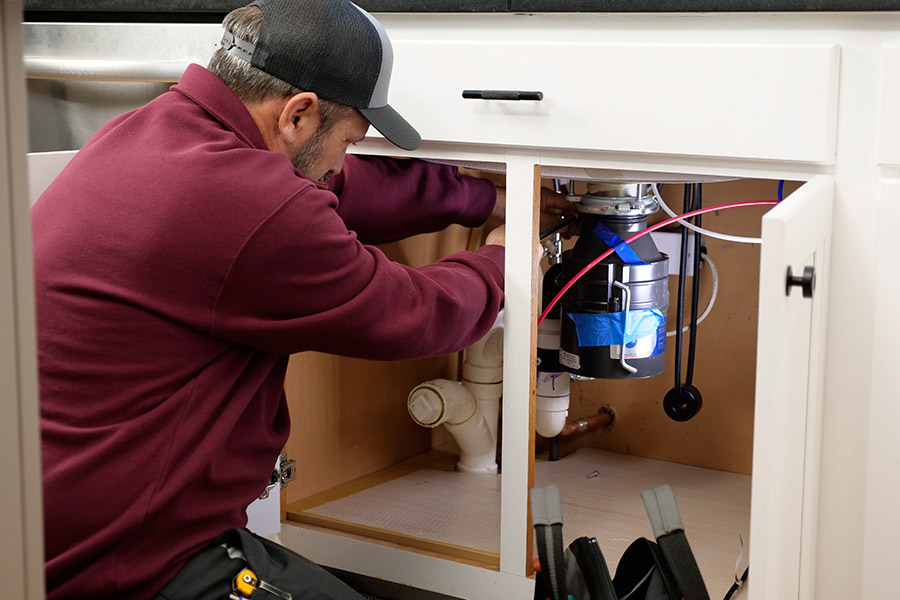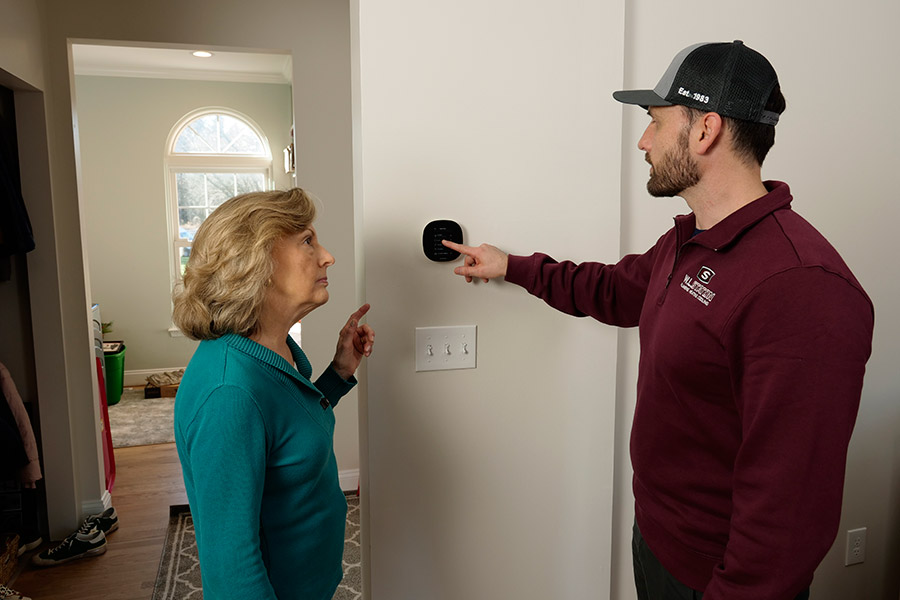William Paca House & Garden: A Historic Gem in Annapolis, MD
Nestled in the heart of Annapolis, Maryland, the William Paca House & Garden is a treasured historic landmark that offers visitors a glimpse into the lives of Maryland’s colonial elite. This article explores the significance, history, and architectural beauty of the William Paca House and the meticulously restored gardens surrounding it. Annapolis, MD can be seen here.
Historical Background:
Built in the late 18th century, the William Paca House was the residence of William Paca, a prominent figure in American history. Paca was a signatory of the Declaration of Independence and the third governor of Maryland. The house and its surrounding garden were designed by Paca himself, reflecting his refined taste and love for horticulture. Click here to read about Banneker-Douglass Museum: Celebrating African American History and Culture in Annapolis, MD.

Architectural Splendor:
The William Paca House is a fine example of Georgian architecture, showcasing the elegance and craftsmanship of the colonial period. The exterior features a symmetrical design with red brick walls, white trim, and a distinctive pediment at the entrance. Visitors can admire the intricate woodwork, period furnishings, and decorative arts that transport them back in time.
Garden Oasis:
The highlight of the William Paca House is undoubtedly its stunning garden. The garden has been meticulously restored to its original grandeur, spanning two acres. Visitors can stroll along brick pathways, marvel at the vibrant array of flowers and plants, and relax in shaded seating areas. The garden features formal terraces, a fish-shaped pond, a summerhouse, and a kitchen garden that reflects the agricultural practices of the colonial era.
Historical Interpretation:
The William Paca House offers guided tours that give visitors a deeper understanding of the property’s historical significance. Knowledgeable guides share stories about William Paca’s life, the house’s architectural features, and the colonial period’s cultural context. Through engaging narratives and historical artifacts, visitors gain insights into the lifestyle, customs, and societal norms of the time.
Educational Programs and Events:
The William Paca House also hosts educational programs and special events yearly. These programs cater to visitors of all ages and offer hands-on experiences, workshops, lectures, and demonstrations related to colonial history, gardening, and traditional crafts. The museum provides a rich learning environment, from educational field trips for students to garden workshops for gardening enthusiasts.
Preservation and Restoration:
The preservation and restoration efforts at the William Paca House are commendable. The house underwent an extensive restoration to bring it back to its original splendor, and the gardens were recreated based on historical records and Paca’s original plans. The meticulous attention to detail ensures an authentic and immersive experience for visitors.
Community Engagement and Partnerships:
The William Paca House engages with the local community through partnerships with schools, cultural organizations, and historical societies. Collaborative initiatives include educational outreach programs, cultural events, and exhibits that explore various aspects of colonial history and its relevance today. These partnerships help to foster a sense of community and promote a deeper appreciation for the rich heritage of Annapolis.
Conclusion:
The William Paca House & Garden is a captivating destination that offers a fascinating glimpse into Maryland’s colonial past. With its architectural splendor, meticulously restored gardens, educational programs, and community engagement efforts, the museum provides a holistic experience that delights visitors of all ages. As a testament to the enduring legacy of William Paca and the colonial era, the William Paca House & Garden stands as a valuable cultural and historical treasure in Annapolis, Maryland.












